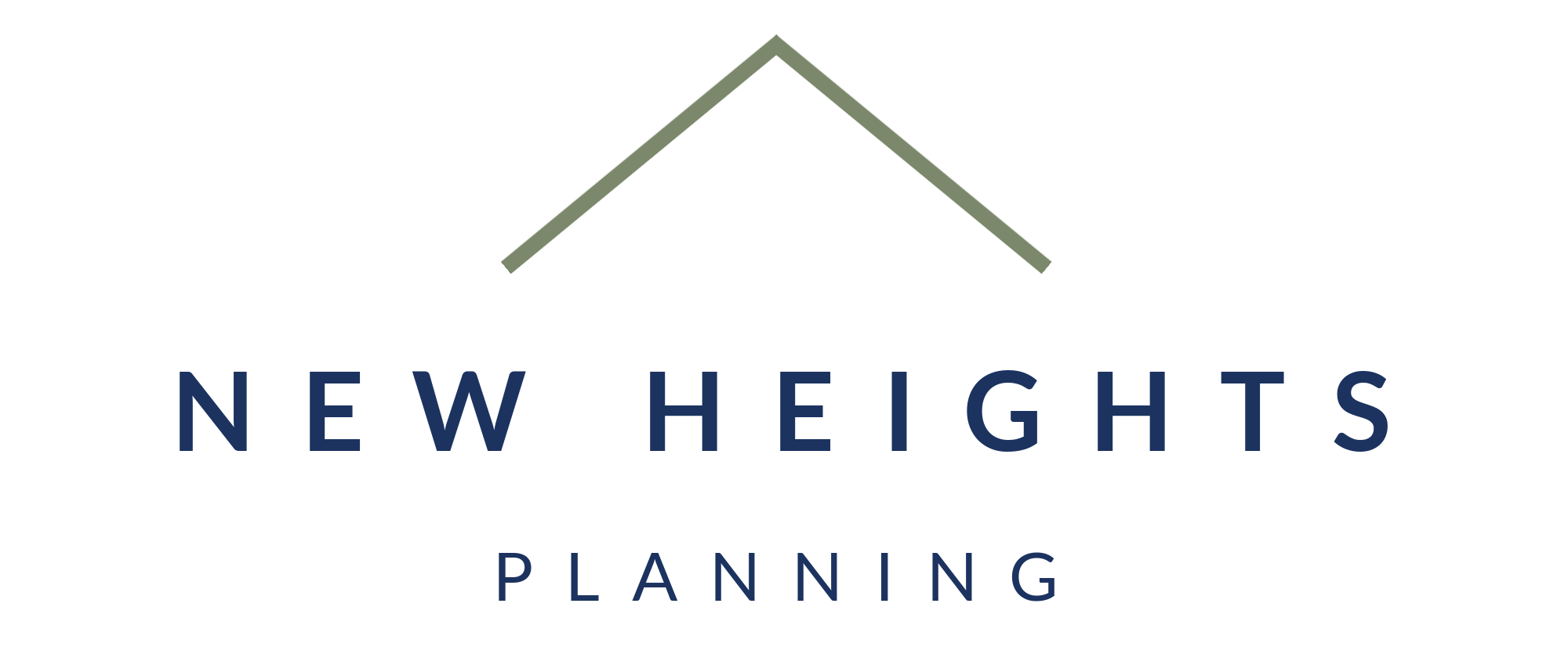Annual Enrollment – Health Savings Account (HSA)
Annual Enrollment – Health Savings Account (HSA)
Full Transcript:
How can I leverage annual enrollment to ensure that I’m never a financial burden for my children?
Shell offers many benefits during annual enrollment that help protect your family. Today, I want to look at a hypothetical example. We’re going to look at Jane. Jane’s 40 years old, and Jane wants to ensure that she’s never a financial burden for her children. Well there’s a lot of benefits that she enrolls in to help protect her family, today, we’re going to focus on the health savings account or the HSA.
In order for Jane to get access to the HSA, she has to enroll in the high-deductible health plan. The HDHP, or High-Deductible Health Plan, is much cheaper than the PPO, but it does cost you more when you go to the doctor. So, although it is right financially for a lot of people, it may not be right for you, so, make sure you’re looking at your unique situation. Now, with the health savings account, this is the best savings account from a tax perspective.
When you put money into an HSA, it goes in pre-tax. So you get a tax break the year of the contribution. Next, you can invest the money in an HSA and it’ll grow tax deferred. This is a big difference versus the flexible spending account with the PPO. With the HSA you don’t have to use this money in any given time period. Next, you can pull the money out tax-free when used for qualified medical expenses. So, you are never taxed on the money you put in, nor the growth. That is phenomenal.
Now let’s look at Jane and how Jane is optimizing the use of this account to better protect herself and ultimately financially, her family. So, Jane is 40 years old, and Jane’s enrolling in this high-deductible health plan and maxing out the HSA.
So as she’s turning 40, she puts the maximum, which is $7,550 of her own money in 2025, plus, Shell puts in another $1,000 dollars for a total contribution of $8,550. Now, with the first year, she does not use the money for health expenses. She puts it in there and then she invests it and lets it grow. Now, Jane stays on the HSA and continues doing this.
So, in 2026, the following year, when she’s 41, Jane puts another $8,550 in there. Total, between her and Shell, they’ve contributed $17,100 to her HSA. Now, because the money’s invested her balance in 2026, assuming a 9% average rate of return is now $17,870. So let’s assume Jane does this for ten years, 40 through age 49.
After ten years, Jane’s total contributions would be $75,500, plus Shell’s $10,000 contribution, for a total of $85,500. Now, because it is pre-tax and because of this $85,500, Shell put in $10,000, her tax savings is another $25,000. So, her out of pocket pay over the for ten years only went down by $50,000. So, $50,000 over ten years, let’s see how that grows.
We’re going to assume that Jane leaves the money invested and doesn’t pull it out over those ten years, and then continues to leave it invested after she leaves Shell, all the way to age 65. At age 65, this total contribution of $85,500, has grown to $516,000, and this is money that she can use tax-free. That’s phenomenal for missing out on $50,000 over ten years.
Let’s talk about how Jane can use this to better protect her family financially. Once Jane’s 65, she’ll move on to Medicare. She can use her $516,000 HSA to pay her Medicare health insurance premiums. Also, if Jane wants to get long-term care insurance to ensure that her family never has to worry about nursing homes expenses for herself, she can also use the $500,000 for that. And then, of course, all the other medical expenses that come through retirement. Now, as you can see, this is a very powerful strategy when executed correctly.
If you find this video valuable, I encourage you to like it on social media and share it with your colleagues.



